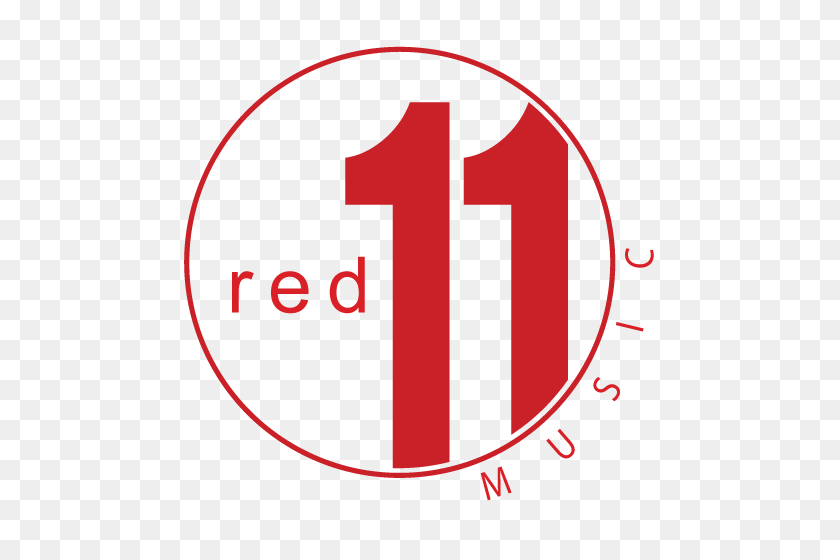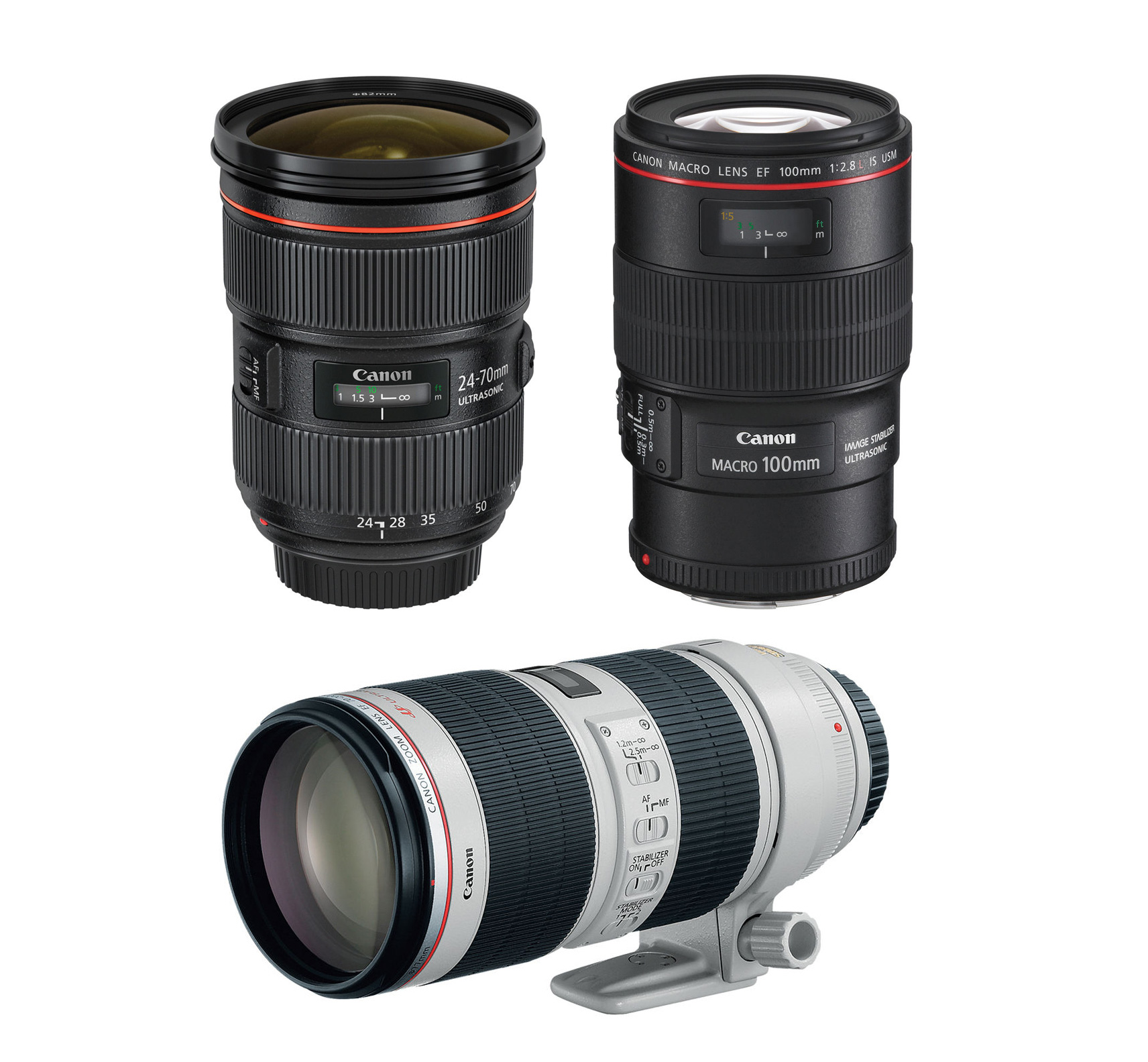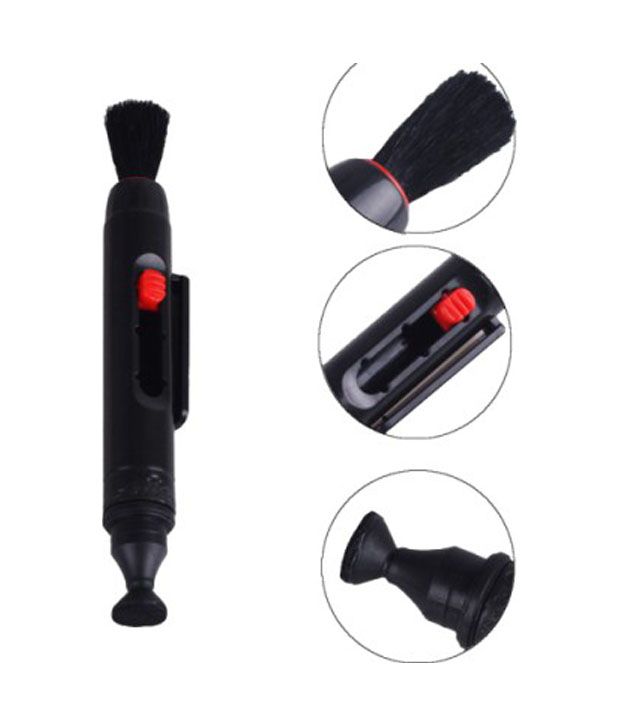
This capability makes diffractive gratings useful for optical design because of the ways the resulting rays can be manipulated in and out from a light guide.ĭiffractive optics are mostly helpful for providing enhanced color correction - a critical component of image quality that's especially challenging to achieve with plastic lenses - which have strict limits on their capacity for color control within a single lens. On the scientific level, diffractive gratings are technically spectrometers, splitting visible light into a set of wavelengths in precise directions. When light hits these surfaces, it diffracts the spectrum into various visible colors at different angle directions, producing a rainbow effect.

Diffractive gratings are surfaces composed of a repeated pattern of tiny grooves or bumps with a constant period. To help meet the performance challenges of miniaturized systems, some optical teams are looking to use diffractive gratings in place of certain lenses. Diffractive Optics: One Grating Replaces the Need for Multiple Lenses Cell phone companies and lens vendors regularly use Ansys Zemax solutions for building these simulations with the speed and accuracy needed to keep pace in a competitive market. We are persistently seeking ways to leverage the latest evolutions in optics and opto-mechanics to help our customers design and produce the best, most efficient, and most powerful optical devices. Tooling advancements enable optical companies to manufacture the tiniest and most complex optical systems their engineers can design. Simulation makes it possible to identify ray paths through a proposed lens system design and predict and correct any unwanted effects the rays have on image quality. Making smaller, lighter lens systems can only be achieved through advances in optical simulation software, along with parallel manufacturing advancements in precision tooling. But the heavier the lens system, the harder it is to perform these manipulations in such a limited space. Smartphones use features like autofocus mechanisms and voice-coil motors to physically manipulate lenses by moving them up and down within the device housing. Not only is this added weight inconvenient for consumers, but it also has an impact on power consumption and manufacturability. No matter how small they get or what material you use, more lenses will always add weight to the device.

Overcoming Obstacles to Create Smaller, More Lightweight Optical Systems
#Fotonica lens software
The aspherical shape enables complex lens configurations that use the "brute force" of powerful optical software calculations to steer and focus the ray paths until they produce a desirable image, as shown in Figure 2. The plastic ensures thinness and a lighter weight. In place of these, aspherical plastic lenses became the norm. To reach this point, manufacturers had to first abandon older methods using spherical glass lenses (shown in Figure 1) from a time when extreme precision and miniaturization were not a requirement. As of 2022, patent applications showed designs that included at least two more. In the case of smartphone cameras, devices currently on the market have up to eight lenses. As a rule, getting to optimal quality is a function of lens count: the more lenses you can fit into the device, the better resolution and color precision you can achieve.

Optical designers face an ongoing challenge to meet consumer demands for smaller, more lightweight devices, like cameras, while continuously improving image quality.


 0 kommentar(er)
0 kommentar(er)
